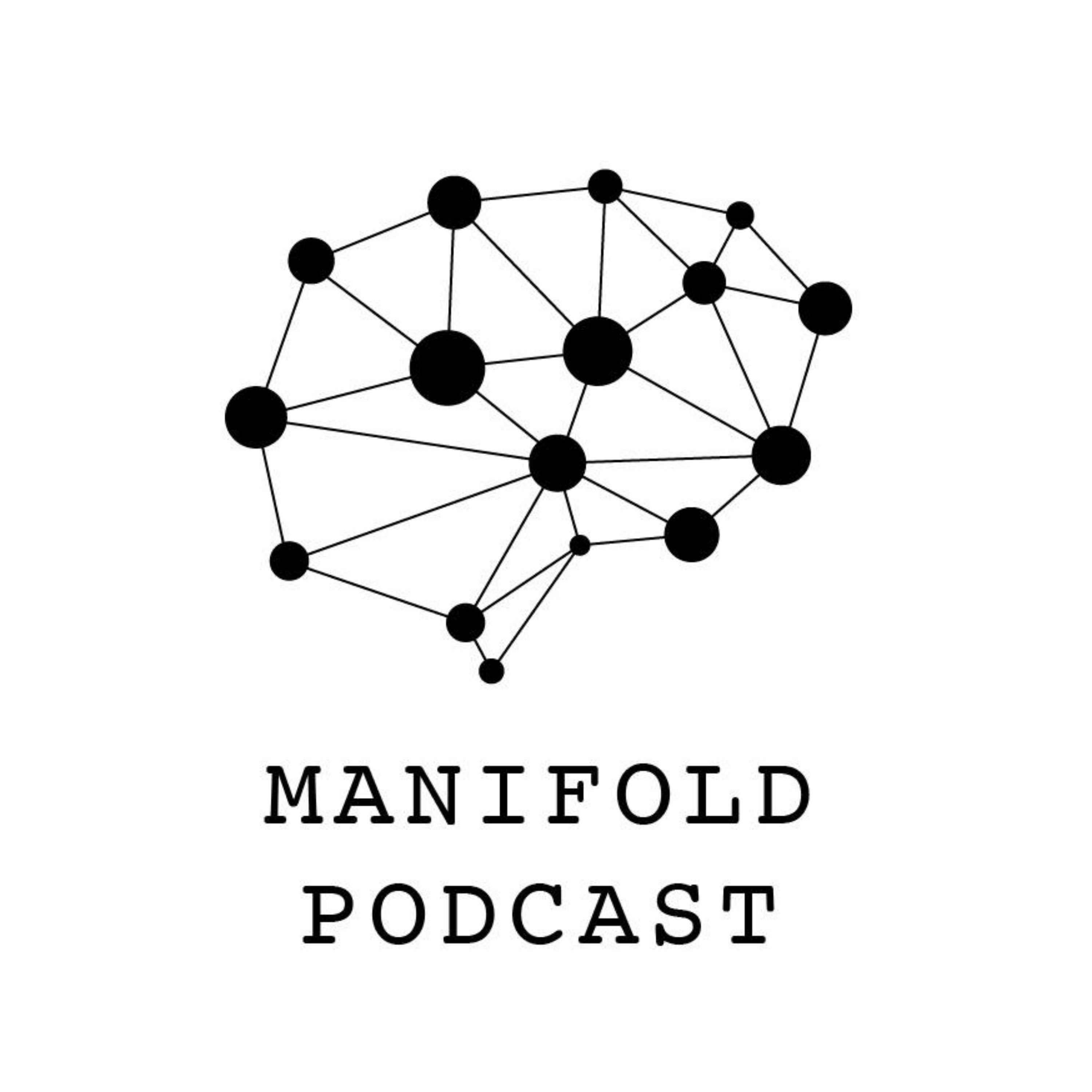
Seeking Truth From Facts: Alf & Steve Hsu — #68

Manifold
Deep Dive
Why did the US shift from free trade to geostrategic protectionism in response to China's rise?
The US shifted from free trade to geostrategic protectionism as China emerged as a significant competitor. When the US was the dominant global hegemon post-World War II, it championed free trade to establish a system it could dominate. However, as China's economic and military capabilities grew, the US adopted protectionist measures to limit China's rise. This included freezing the WTO's actions on trade matters and implementing sanctions, such as those on semiconductors, to contain China's technological and economic advancement.
What is the current state of China's economy, and how is it handling its property bubble?
China is undergoing a structural shift in its economy after deliberately popping a massive property bubble, one of the largest in history. The government has de-emphasized infrastructure investment in favor of high-quality growth, focusing on R&D, advanced manufacturing, and AI. While this transition has led to short-term economic challenges, such as unemployment and reduced growth, China has closed technological gaps with the West and remains a global leader in industries like electric vehicles, shipbuilding, and advanced manufacturing.
How does China's political system differ from Western democracies, and what role does meritocracy play?
China's political system is often described as a meritocracy rather than a pure autocracy. It combines elements of Confucian cultural values, which emphasize merit and ethical leadership, with a centralized, autocratic structure. Local officials are incentivized to follow central government directives while having significant autonomy in implementation. This system allows for rapid decision-making and execution of long-term projects, such as infrastructure development and technological innovation, but also carries risks if leadership decisions are flawed.
What role did government policy play in China's economic success?
Government policy played a crucial role in China's economic success by investing in education, infrastructure, and technology. While market liberalization and foreign capital were important, the government's long-term focus on R&D, high-speed rail, and core technology development provided the foundation for sustained growth. Conditional subsidies and performance-based incentives also steered the economy toward high-value industries, ensuring China's competitiveness in advanced manufacturing and innovation.
How is China's relationship with Russia evolving in the current geopolitical landscape?
China and Russia are forming a tight alliance, driven by shared opposition to Western sanctions and geopolitical pressures. While some analysts predict conflicts over Central Asia or Siberia, these issues are unlikely to disrupt the alliance in the short term. Russia's integration into the Sinosphere is deepening, with China supplying advanced manufactured goods and technology. The alliance is strengthened by mutual economic and strategic interests, particularly in countering Western influence.
- US shift from free trade to protectionism
- Cynical view: great powers act in self-interest
- Apologetic view: China's unfair practices
- Role of misinformation in shaping public opinion
Shownotes Transcript
This is a crossover episode in which Alf of the Seeking Truth from Facts podcast interviews Steve Hsu about the Chinese economy and political system, and US-China competition.
Seeking Truth From Facts podcast: https://substack.com/@seekingtruthfromfacts/p-148705853)
Steve and Alf discuss:
(00:00) - Introduction to the Podcast Collaboration
(00:48) - Steve Hsu's Background and Expertise
(02:22) - US-China Geopolitical Dynamics
(28:44) - China's Political System: Meritocracy vs. Autocracy
(32:23) - China's Path to Liberalization: Past, Present, and Future
(45:57) - Geopolitical Dynamics: China, Russia, and the West
Music used with permission from Blade Runner Blues Livestream improvisation by State Azure. –
Steve Hsu is Professor of Theoretical Physics and of Computational Mathematics, Science, and Engineering at Michigan State University. Previously, he was Senior Vice President for Research and Innovation at MSU and Director of the Institute of Theoretical Science at the University of Oregon. Hsu is a startup founder (SuperFocus.ai, SafeWeb, Genomic Prediction, Othram) and advisor to venture capital and other investment firms. He was educated at Caltech and Berkeley, was a Harvard Junior Fellow, and has held faculty positions at Yale, the University of Oregon, and MSU. Please send any questions or suggestions to [email protected] or Steve on X @hsu_steve.